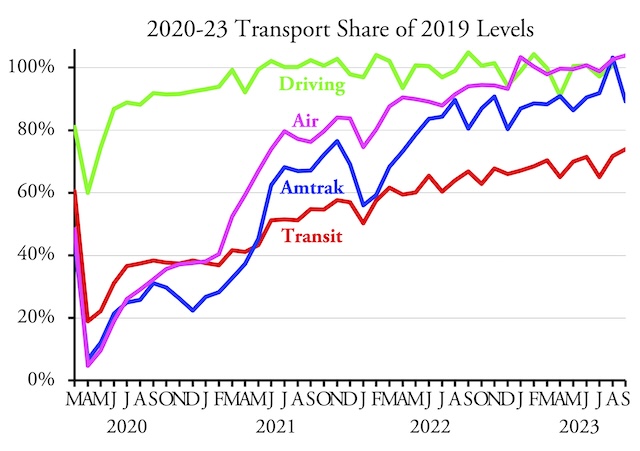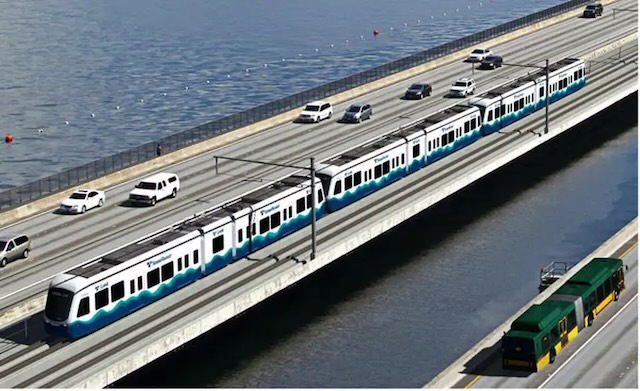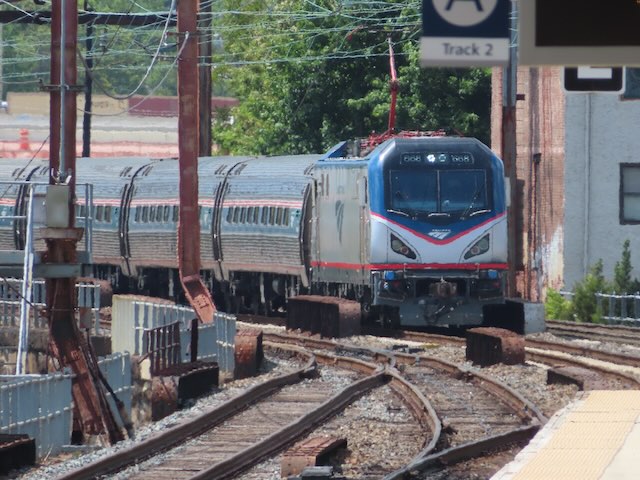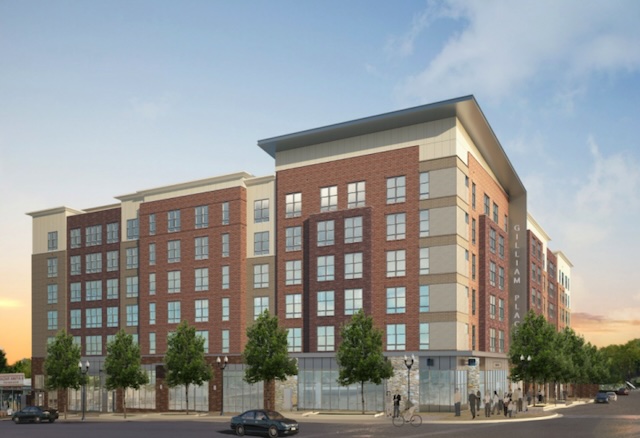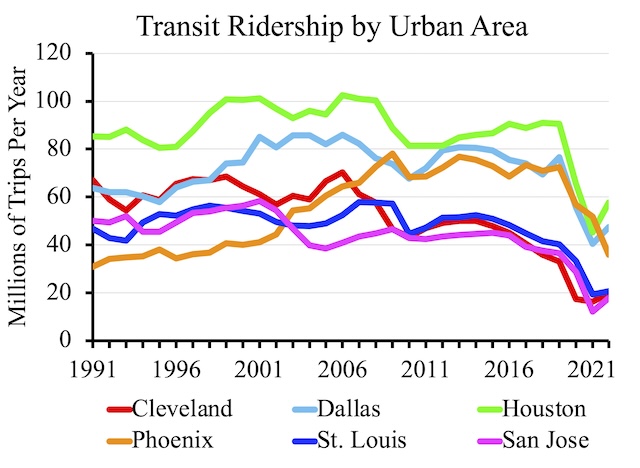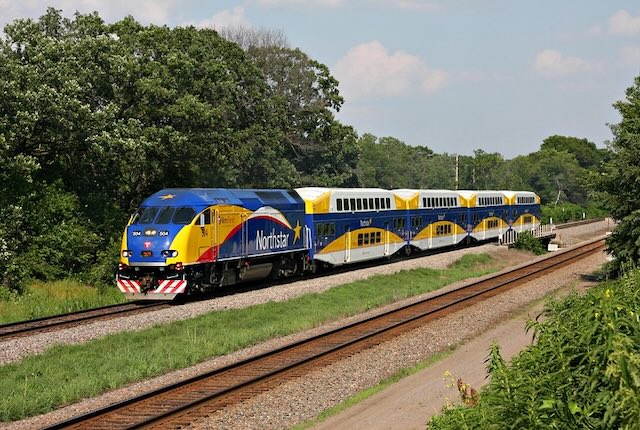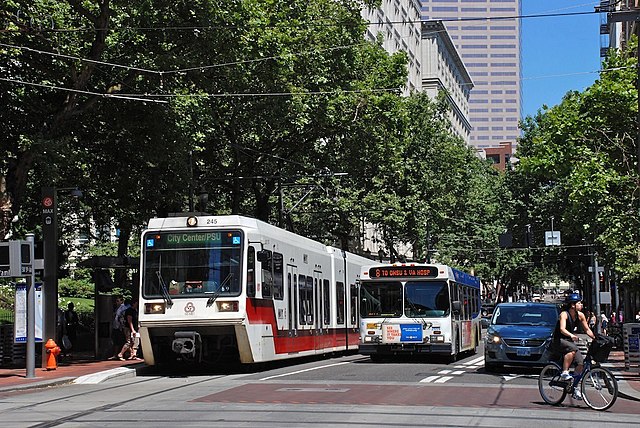U.S. transit systems carried 73.9 percent as many riders in September 2023 as the same month in 2019, according to data released earlier this week by the Federal Transit Administration. This is transit’s highest level, as a percent of 2019 numbers, since the pandemic began. This is particularly remarkable as September 2023 had one less business day than September 2019.
Highway data for September 2023 are not yet available. This chart and post will be updated when they are released.
Transit was aided by the fact that September ridership in the New York urban area, where 46 percent of all transit rides take place, reached 78.6 percent of pre-pandemic numbers. Transit is also doing better than average in Los Angeles (79.3%), Miami (83.4%), Dallas (78.4%), and Houston (87.2%). Washington reached 73.8 percent, just slightly below the national average. Ridership continues to be below average in Chicago (63.1%), Philadelphia (59.4%), Atlanta (60.6%), Boston (64.0%), Phoenix (55.8%), and San Francisco-Oakland (64.4%), to name a few. Although transit ridership is slowly recovering, it is still well behind driving, which first reached 100 percent of pre-pandemic miles in June, 2021. Continue reading

